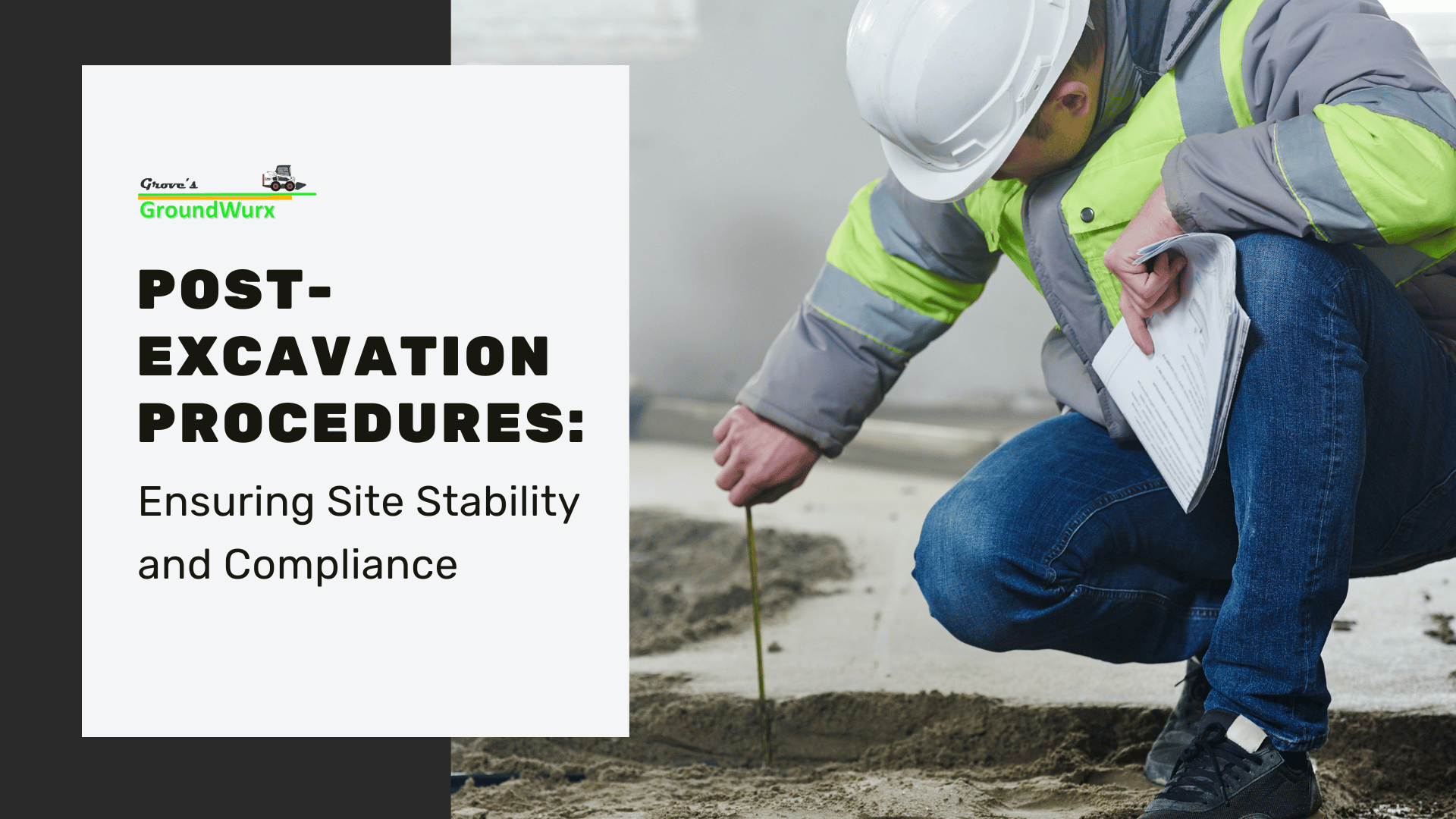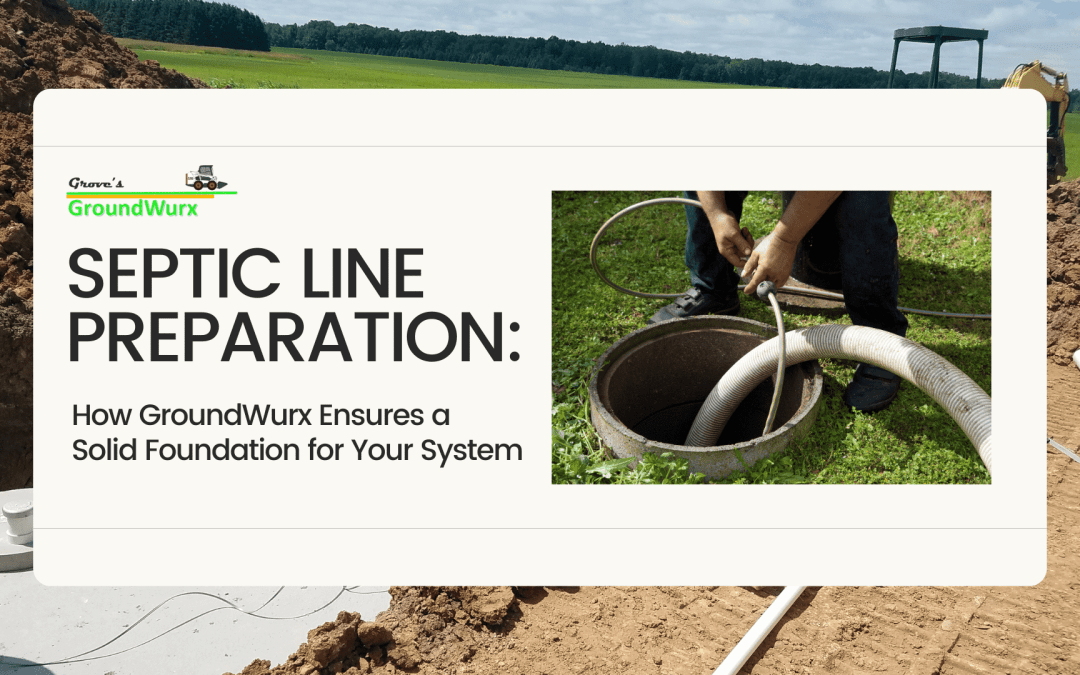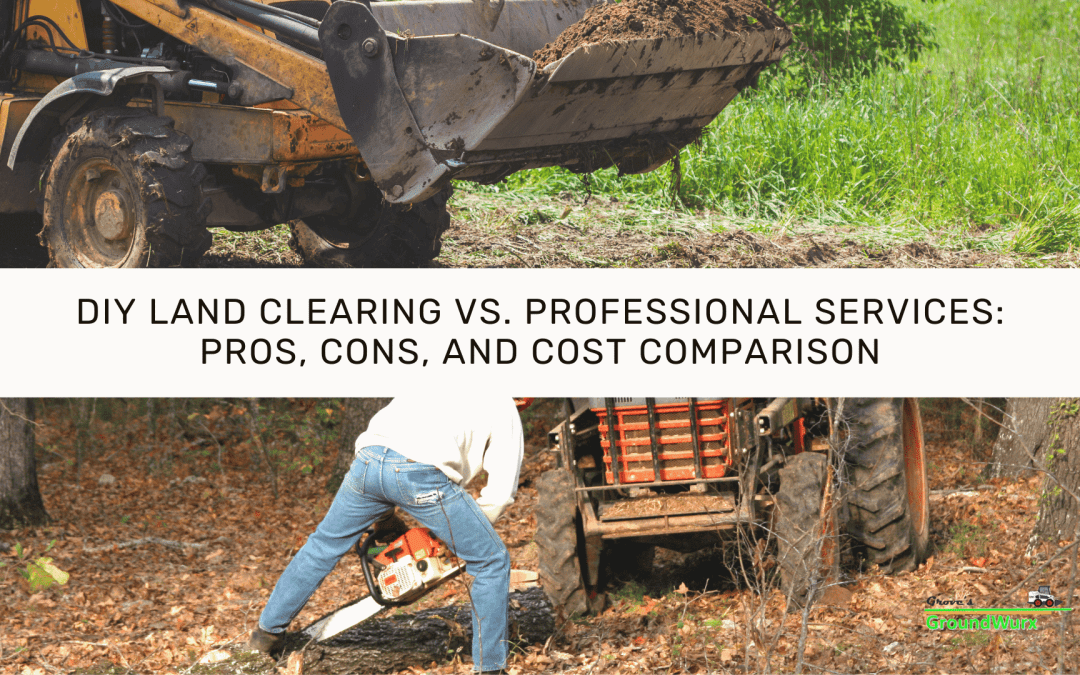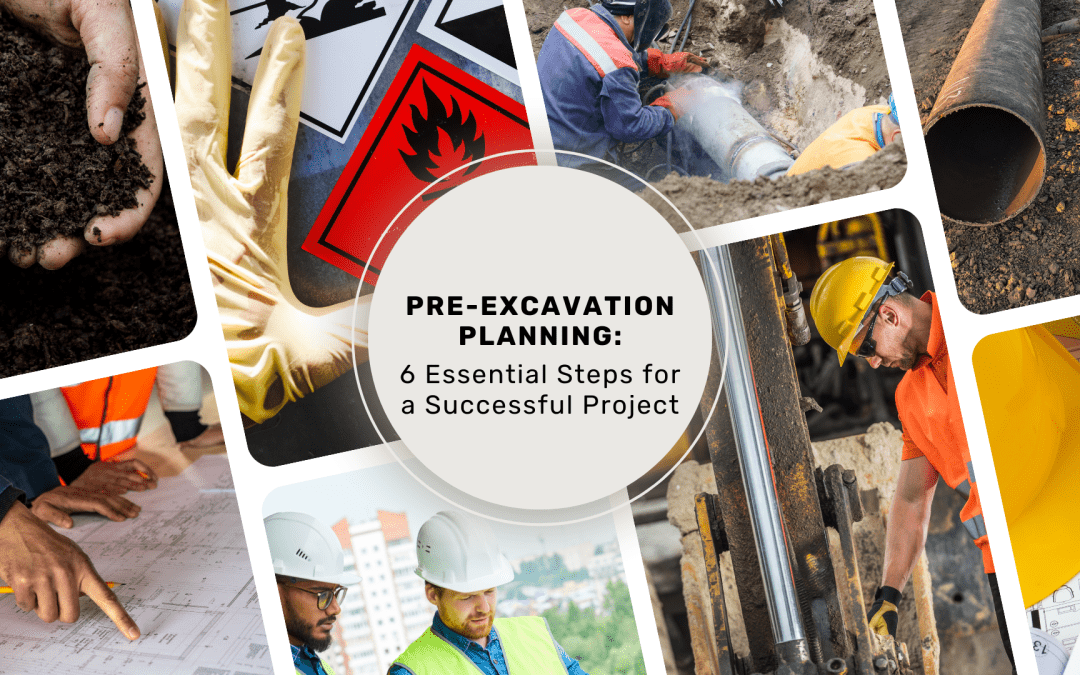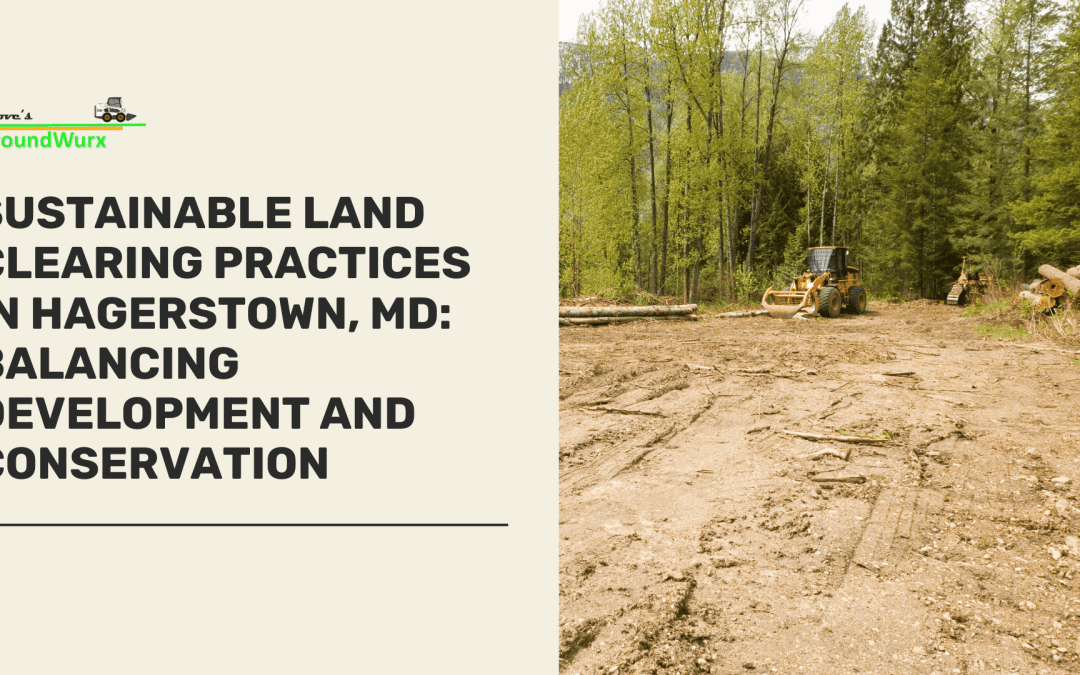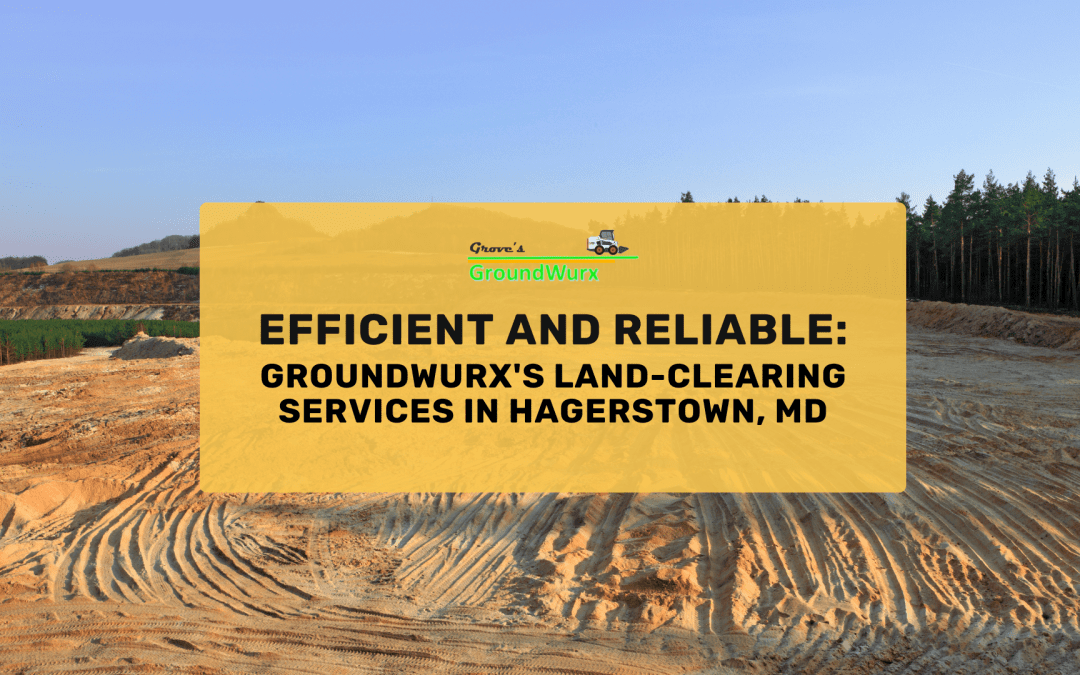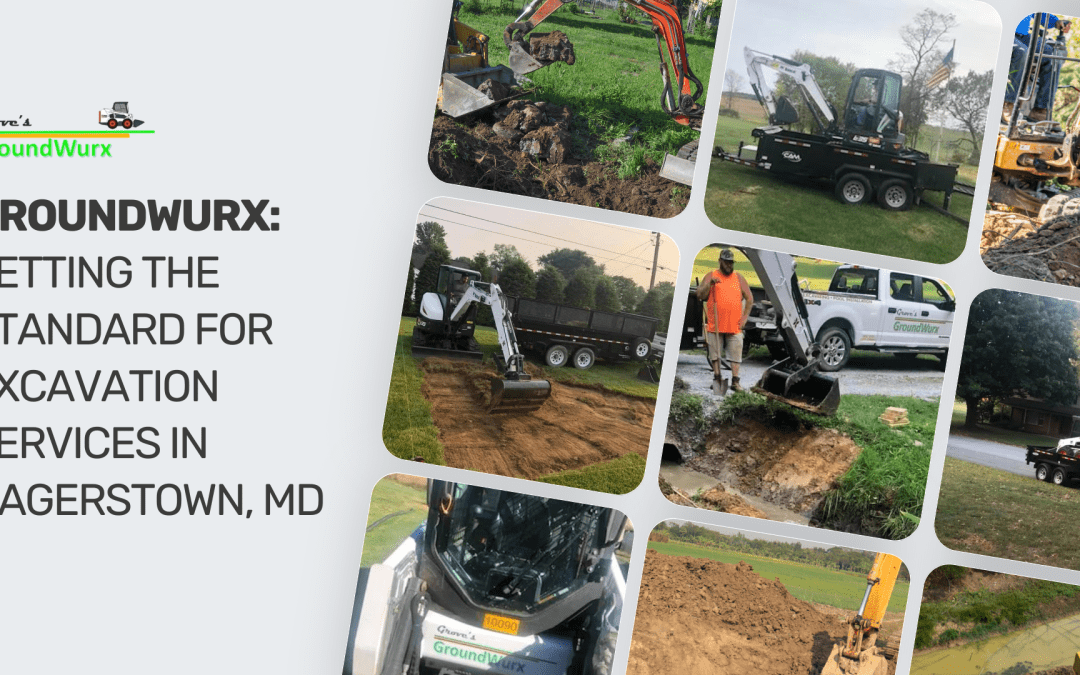Once the digging is done, the work isn’t over. Post-excavation procedures are just as important as the excavation itself to ensure your site is safe, stable, and compliant with regulations.
Whether you’re wrapping up a small residential project or a large commercial job, taking the right steps after excavation helps prevent future issues like soil erosion, structural instability, or unexpected legal headaches.
We’ve broken down essential actions you need to take to secure your site and make sure everything is up to code. Let’s finish strong by getting the post-excavation phase right!
Why We Conduct Thorough Site Inspections
Conducting thorough site inspections after the actual excavation is crucial to ensuring the long-term stability and safety of the project. Our tailored post-excavation services allow us to assess the condition of the site, identify any issues that may have arisen during the excavation process, and determine the next steps needed to maintain the structure’s integrity.
During this examination, our inspectors look for signs of instability in the soil, unexpected shifts in the ground, and any potential weaknesses in the trench walls or other excavations. This process is essential to identify areas where additional support or reinforcement may be needed. By thoroughly examining the site, we can ensure that all materials used during the excavation work are stable and that the structure remains secure.
The importance of these inspections cannot be overstated. A comprehensive post-excavation analysis helps prevent future problems, such as soil erosion, foundation shifts, or structural failure. By addressing any issues immediately, we ensure that the site is ready for the next phase of construction and that the integrity of the project is preserved, saving you time and money in the long run.
6 Key Regulations to Ensure Compliance
1. Stabilizing the Excavation Site
Once the excavation work is complete, the priority is stabilizing the site to prevent movement or collapse. This is especially important in areas where the soil may have been disturbed or where steep excavations have created unstable slopes.
Techniques such as shoring, bracing, or installing retaining walls can be used to support the ground and maintain the integrity of the site. Stabilization ensures that the structure you are building on the site will have a solid foundation, reducing the risk of future shifts or erosion. Proper site stabilization is critical to the success of the entire construction project.
2. Re-Establishing Utility Services
After the actual excavation is completed, it’s essential to re-establish any disrupted utility services. This step involves reconnecting water lines, electrical systems, and other crucial utilities that may have been temporarily cut off during the excavation process.
Working closely with utility providers, our contractors ensure that all services are restored correctly and safely, avoiding any issues that could delay the construction or pose risks to future occupants. Re-establishing utilities is a key part of transitioning from excavation to the subsequent phases of your project.
3. Effective Backfilling and Compaction
Effective backfilling and compaction are vital for achieving a stable and level ground after the excavation. This process involves filling the excavated area with soil, gravel, or sand and then compacting these materials to eliminate voids and create a solid base for the structure.
Proper compaction is crucial to prevent settlement, which could lead to cracks or structural issues in the future. Whether it’s a small trench or a large foundation, backfilling and compaction ensure the site is ready to support the weight and demands of the construction project.
4. Re-Establishing Safe Access and Egress Points
After the excavation work is complete and the site is stabilized, it’s important to re-establish safe access and egress points. This involves creating secure pathways for workers, equipment, and any future traffic moving through the site.
Whether you’re dealing with a residential excavation or a larger construction project, having clearly marked and stable entry and exit points is essential for safety. Ensuring these points are adequately re-established protects those on the site and facilitates the smooth continuation of the project.
5. Final Site Assessment and Documentation
A final site assessment is critical before moving forward with the next construction phase. This assessment involves a thorough review of the excavation site to ensure that all work has been completed according to plan and that the site is stable, compliant with regulations, and ready for further development.
During this phase, detailed documentation is created to record the conditions of the site, the measures taken for stabilization, and any issues encountered. This documentation serves as an important reference for contractors and project managers, ensuring transparency and accountability as the project progresses.
6. Preparing the Site for Future Use
The final step in the post-excavation process is preparing the site for future use. Whether the site will be used for a new structure, landscaping, or another purpose, this phase involves ensuring the ground is level, stable, and debris-free. It might include grading, drainage installation, or planting grass or other vegetation to prevent erosion.
Proper preparation ensures that the site is ready for the next stage, whether that’s the continuation of construction or handing it over to another team. By thoroughly preparing the site, you lay the groundwork for a smooth transition to the project’s next phase and ensure that the site will serve its intended purpose for years to come.
Ensure Long-Term Excavation Compliance and Safety in Hagerstown, MD, with GroundWurx!
Choosing GroundWurx for your excavation services in Maryland ensures your project is managed by experts who prioritize planning, customization, safety, and versatility. At Grove’s Groundwurx, we specialize in providing top-notch excavation services tailored to your needs. Our extensive experience in residential and commercial excavation projects makes us fully prepared to tackle a wide range of excavation challenges.
Don’t let your project’s needs overwhelm you. Contact us today at (301) 991-6018 or visit our office at 1101 Opal Ct, Hagerstown, MD 21740. As a local family-owned business, we take great pride in delivering exceptional craft and outstanding customer service on every project!

